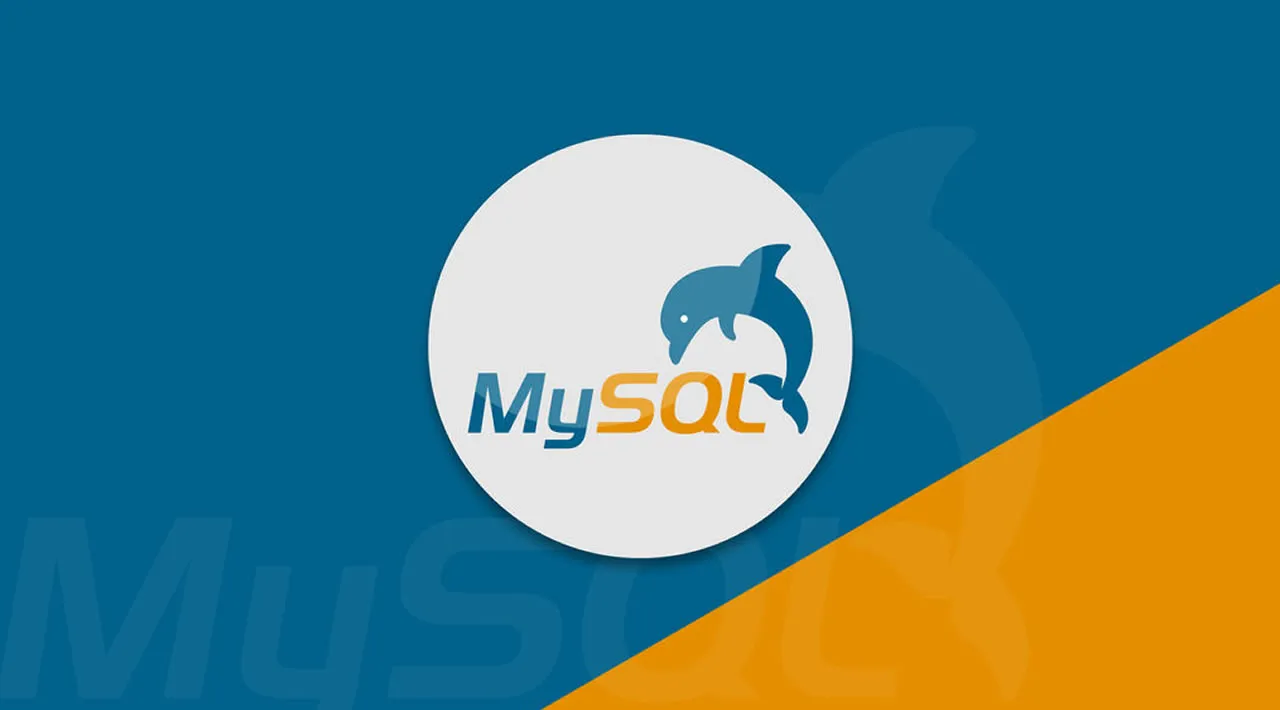Mysqldump is a client utility that is used to perform logical backups of the MySQL database. This popular migration tool is useful for various use cases of MySQL such as:
- Backup and restore of databases.
- Migrating data from one server to another.
- Migrating data across different managed MySQL service providers.
- Migrating data between different versions of MySQL.
Mysqldump works by reading the source database objects and generating a set of SQL statements that are stored in a dump file. By replaying these statements on the destination database server, the original data is reconstructed. Since this model uses reading of the whole database and then essentially rebuilding, both dump and restore are time-consuming operations for a large database. The process might even turn cumbersome if you encounter errors during either dump or restore as it may lead you to fix the issues and re-run the operations. This is why it’s important to plan well before you take up the dump and restore activity.
In this 2-part blog series, we discuss some of the common aspects you should handle upfront to ensure a successful dump and restore activity. In the first part, we focus on the prerequisites you need to take care while importing the MySQL table data and in the second part, we will talk about how to handle import for stored program objects and views.
#mysql #mysqldump
